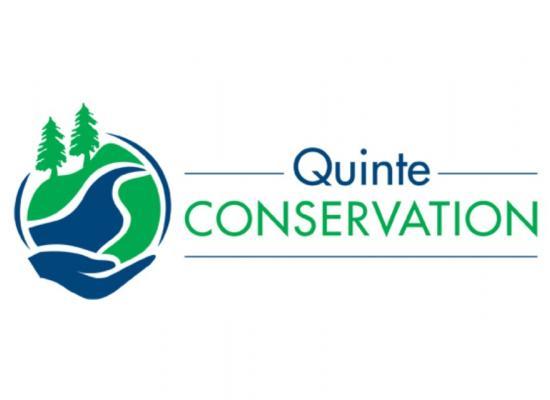
Quinte Conservation Issues a Flood Warning For Lake Ontario and the Bay of Quinte
Lake Ontario water levels have been quickly rising over the past week. Lake Ontario will continue to rise as high inflows and reduced outflows continue.
As of May 15, 2019, Lake Ontario was recorded at 68 cm above average for this time of year, which is 14 cm below the recorded level for May 15, 2017. This amount is 17 cm below the peak recorded on May 25, 2017.
Lake Ontario water levels are influenced by uncontrolled, above average outflows from Lake Erie, and local rainfall and runoff throughout the Lake Ontario Watershed, and reduced Lake Ontario outflows, in order to balance flooding impacts on the St. Lawrence River. Record breaking water levels for this time of year have been recorded for Lake Erie. Above average precipitation was received across the Great Lakes over the past three months. Flood conditions continue on the lower St. Lawrence River.
High winds and waves are forecasted from Thursday to Saturday morning. Winds are veering east to south east this evening, and will move south overnight and then will change direction again, moving west from Friday afternoon into Saturday morning. Waves are forecasted to exceed 1 metre in height. Residents are reminded that high winds, storm surges, and waves can cause shoreline damage and wave uprush.
Outflows from Lake Ontario have increased as water levels rose in accordance with the Plan 2014 F-Limit. The current provisional forecasts suggest that Lake Ontario outflows will be increased by early next week.
Flooding and other high water impacts have been reported from areas of Lake Ontario and the upper St. Lawrence River during periods of strong winds.
Shoreline residents are advised to either secure or remove loose items from their properties where there is a risk of encroaching flood water. Sandbags can be effective in protecting residences. Sandbags are not intended to protect shorelines and accessory buildings. For more information on shoreline protection, contact the Quinte Conservation office and speak with expert staff in the planning and regulations department.
Boaters need to be cautious of floating debris and should take proper safety precautions when out on the water. Boaters should reduce speeds and wakes when boating along shorelines to reduce the localized flooding and erosion.
It is important that the public never wade through or play in flood water as it is extremely unsafe. Flood water can be contaminated with septic and hazardous debris.
Residents concerned that their shoreline well or septic has been compromised, should contact their local health unit. Do not drink the water and find an alternative water source to use. This message does not apply to municipal drinking water systems.
Residents are advised to obey any posted road closure signs and to check with their municipality for updates on road closures and boat launch closures.
Staff will continue to monitor conditions and will provide an update if forecasts and conditions change. For current water levels or to report any observations of flooding, residents are encouraged to visit QuinteConservation.ca.
A FLOOD WARNING statement indicates that flooding is imminent or already occurring in specific watercourses or municipalities. Municipalities and individuals should take action to deal with flood conditions. This may include road closures and evacuations.
This message will be in effect until (or updated if anything significant changes before) Tuesday, May 28, 2019.
Quinte Conservation is a community-based environmental protection agency. It serves 18 municipalities in the watersheds of the Moira, Napanee and Salmon Rivers and Prince Edward County. It provides cost-effective environmental expertise and leadership. Quinte Conservation’s main goal is to create a sustainable ecosystem where people and nature live in harmony. More information about Quinte Conservation is available at www.quinteconservation.ca.
